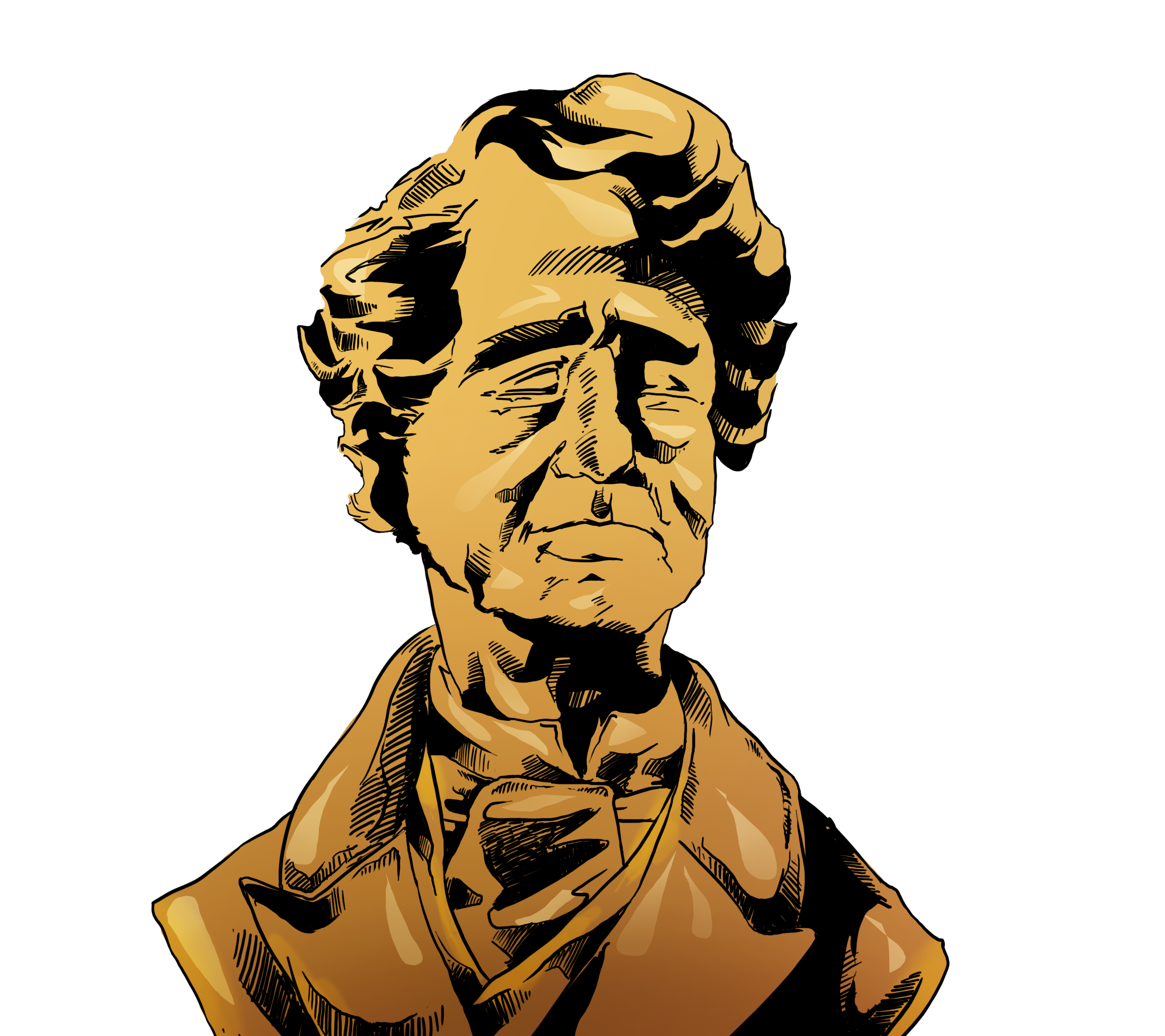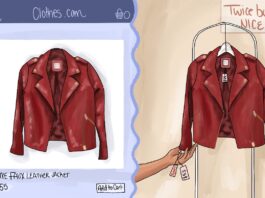Calls to have controversial figures stripped off buildings or monuments have grown in strength recently, and university campuses haven’t gone unscathed.
Today, the Indigenous peoples of Canada still challenge the glorification of historical figures who once condemned their cultures and their ancestors. This manifests itself through the multitude of post-secondary institutions, buildings, monuments, and streets that memorialize public figures who were involved in the systematic genocide of Indigenous identity, heritage and population. Recently, a debate has sparked about the renaming and removal of these memorials and the repercussions that surround it.
Bruce Elliott, a history professor at Carleton who specializes in 18th and 19th century history, points out that a lot of monuments and buildings were actually erected by white supremacists to commemorate their achievements.
“When white supremacist groups start to use these symbols, and to endow new meanings or reinvest old meanings onto them, that’s when they start to become really problematic,” Elliott said.
The debate over commemorating controversial figures shows few signs of stopping, with more and more institutions taking steps to distance themselves from these figures.
With an ongoing push by the Elementary Teachers’ Federation of Ontario (ETFO) to rename schools bearing the name of Sir John A. Macdonald, the trend seems to be turning towards renaming buildings and monuments named after controversial historic figures.
Numerous university campuses bear these names all over campus, many of which have buildings or even entire campuses named after historical figures whose views don’t hold up to 21st century beliefs.
In July of this year, the CBC reported on a student-led campaign at Ryerson University pushing for the school to change its name out of respect for residential school survivors.
The proposal, which was spearheaded by the Ryerson Student Union (RSU), also asked for the removal of a statue of Egerton Ryerson on campus, whom the school was named after.
“These conversations have been happening amongst Indigenous students for years,” RSU president Susanne Nyaga, told the CBC. “The difference is that the RSU is supporting Indigenous students and standing in solidarity with them this time.”
Ryerson was a pioneer of public education in Ontario, and was widely believed to have shaped the policies for the schooling of Indigenous students. His actions, therefore, paved the way for the cultural genocide that ensued for years after in the form of the residential school system.
Ragethine Rajeswaran, a former student at the Ted Rogers School of Management at Ryerson University, said she can sympathize with those who would like to see the name of the school changed.
“I can understand why they want the name to change,” she said. “To me, however, it’s just a name at the end of the day.”
Rajeswaran was not the only one that said they felt this way. According to the CBC report, the proposal received immense backlash from the wider community of students at Ryerson, who felt that the move would be “impractical and disrespectful in its own right” and believed in looking for a better alternative.
Ryerson is not the only university with such concerns. In recent months, McGill University has also faced heat over its connection to former slave-owner, James McGill, whom the post-secondary institution is named after.
But, Elliott said that it’s unfair to single out historical figures like McGill.
“As a person of [McGill’s] class, it wasn’t entirely unusual to own slaves in early Canada,” Elliott said. “McGill University has since made a name for itself beyond James McGill.”
In June, the University of Victoria (UVic) changed the name of one of its residence buildings, which was named after Sir Joseph Trutch, the first lieutenant governor of British Columbia, given his “stand on Indigenous affairs being contrary to UVic’s values,” according to a press release.
However, Elliott said he believes some of these changes do not solve the issues at hand
“I think we have to respect and understand our historical figures rather than to revere and see them as exemplars,” he said. “After all, how many of us are so perfect that we’re going to hold ourselves out as an example for other people?”
This past June, Prime Minister Justin Trudeau announced that the name of the building across from Parliament Hill would be changed. Originally named after Hector-Louis Langevin, a Father of Confederation who was associated with the residential school system, the building was renamed the Office of the Prime Minister and Privy Council.
Elliott points towards a recent occurrence at Beechwood Cemetery in Ottawa, as an example of a plaque being altered instead of being completely removed. As the National Cemetery of Canada, it serves as the final resting place for several prominent Canadian figures such as former Prime Minister Sir Robert Borden.
Earlier this year, the cemetery erected a statue to commemorate Nicholas Flood Davin, a prominent 19th-century journalist.
According to Elliott, the cemetery forgot to mention Davin’s work on the Davin Report, in which he advised the federal government to institutionalize residential schools for Indigenous youth.
Elliott added that the cemetery decided to alter the plaque that commemorated Davin’s memory by identifying this facet of his past.
“Figures like Davin can be very attractive and ahead of the curve in some respects, and in other ways espouse ideas that have consequences that they themselves did not anticipate,”he said. “Sometimes, the answer isn’t necessarily to remove, because that just sort of sweeps the issue under the rug and denies an opportunity to educate the public.”
Shaylin Allison, a first-year humanities student at Carleton University who identifies as a person of Indigenous heritage, said she believes that the problem lies not with the memorialization of these historic figures, but at the core of the education system within Canada.
“All throughout my Canadian schooling, I was never taught any legitimate Indigenous history at any academic level,” she said. “I definitely think we can teach nuanced stories early on that tell both sides of the story.”
Allison said she believes that the facts of the residential school system are still blurry and unknown to several people because they are not taught enough about them.
“We need to acknowledge and understand that these [residential] schools only closed down in 1996. That wasn’t too long ago at all–almost within our own lifetimes,” she added.
However, Allison said students are beginning to demonstrate a desire for more Indigenous history courses in the Canadian education system.
“It is nice to hear students in Carleton wanting to learn our stories and our struggles, especially in an academic environment,” Allison said. “But maybe this effort and conversation should be encouraged earlier.”
As for Elliott, he said that people should try to understand these historical figures, rather than to always hold them up as examples.
“We must try to commemorate them in ways which acknowledge the good things they did, but also acknowledge the missteps they made,” he said.
This involves displaying them in ways that allow for their interpretation, such as museums, Elliott added.
Elliot said that in the case of renaming buildings, it is difficult to come up with a universal rule for something that is so important.
“Commemorations of names are important, because they are symbols and short-hands,” he said. “I think we just have to make sure that we give those short-hands a little more than the 30-second soundbite or a little more than the 140-character tweet.”
He added that it is important to continue updating history, rather than erasing it.
“We have to put those footnotes in and make them visible with plaques, annotations and acknowledgements that history didn’t start when we want it to and that events happened that were not supposed to.”
Graphic by Manoj Thayalan




